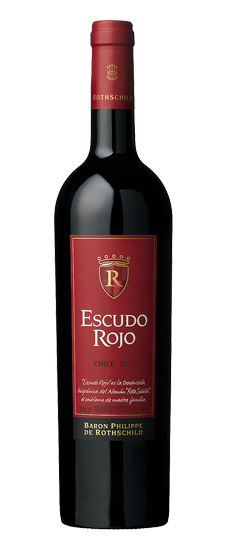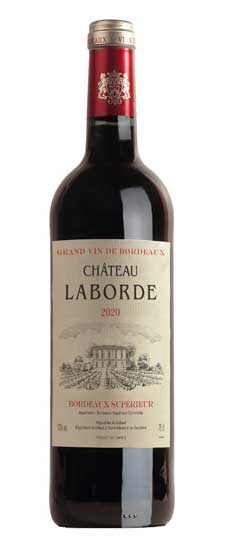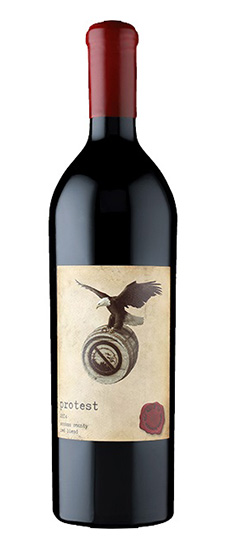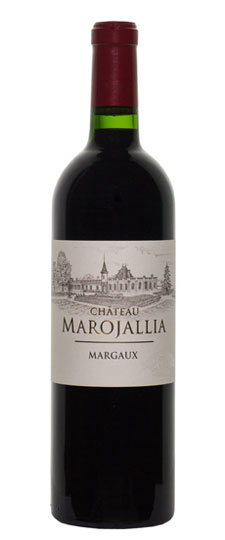Wine Score
Grape Variety
Cabernet Sauvignon
Cabernet Sauvignon is probably the most famous red wine grape variety on Earth. It is rivaled in this regard only by its Bordeaux stablemate Merlot, and its opposite number in Burgundy, Pinot Noir. From its origins in Bordeaux, Cabernet has successfully spread to almost every winegrowing country in the world. It is now the key grape variety in many first-rate New World wine regions, most notably Napa Valley, Coonawarra and Maipo Valley. Wherever they come from, Cabernet Sauvignon wines always seem to demonstrate a handful of common character traits: deep color, good tannin structure, moderate acidity and aromas of blackcurrant, tomato leaf, dark spices and cedarwood.
Used as frequently in blends as in varietal wines, Cabernet Sauvignon has a large number of common blending partners. Apart from the obvious Merlot and Cabernet Franc, the most prevalent of these are Malbec, Petit Verdot and Carmenere (the ingredients of a classic Bordeaux Blend), Shiraz (in Australia’s favorite blend) and in Spain and South America, a Cabernet – Tempranillo blend is now commonplace. Even the bold Tannat-based wines of Madiran are now generally softened with Cabernet Sauvignon.
Californian Wine

California is the largest and most important wine region in the USA. It accounts for the southern two-thirds (850 miles or 1370 kilometers) of the country’s west coast. (Oregon and Washington make up the rest.) The state also spans almost ten degrees of latitude. With mountains, valleys, plains and plateaux, California’s topography is as complex as its climate, offering winegrowers a bewildering choice of terroir.
Californian wines only rose to global renown in the past few decades (notably after the Paris Judgment of 1976). However the state’s viticultural history dates back more than 200 years. European vines were first planted here in the 18th Century, as settlers and missionaries made their way up and down the west coast. They brought with them the Mission grape – the vinifera variety also instrumental in establishing viniculture in Central and South America. Although very few Mission vines are to be found in California today, it remains a cornerstone of Californian wine.




![Amuse Bouche, Napa Valley [Merlot/Cabernet Franc] 2012](https://www.wineyou.com/wp-content/uploads/2017/06/Amuse-Bouche-Napa-Valley-MerlotCabernet-Franc-2012.jpg)


